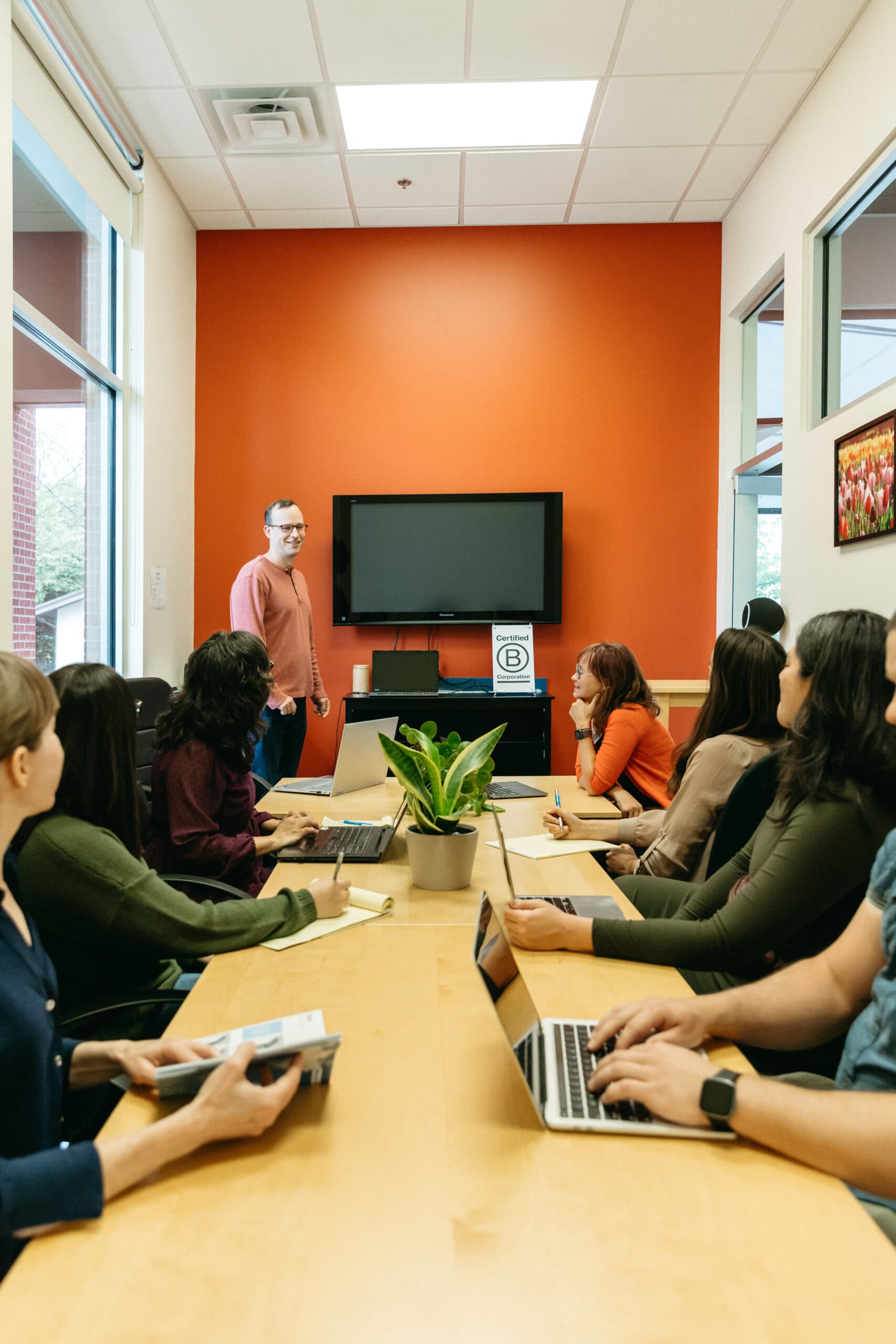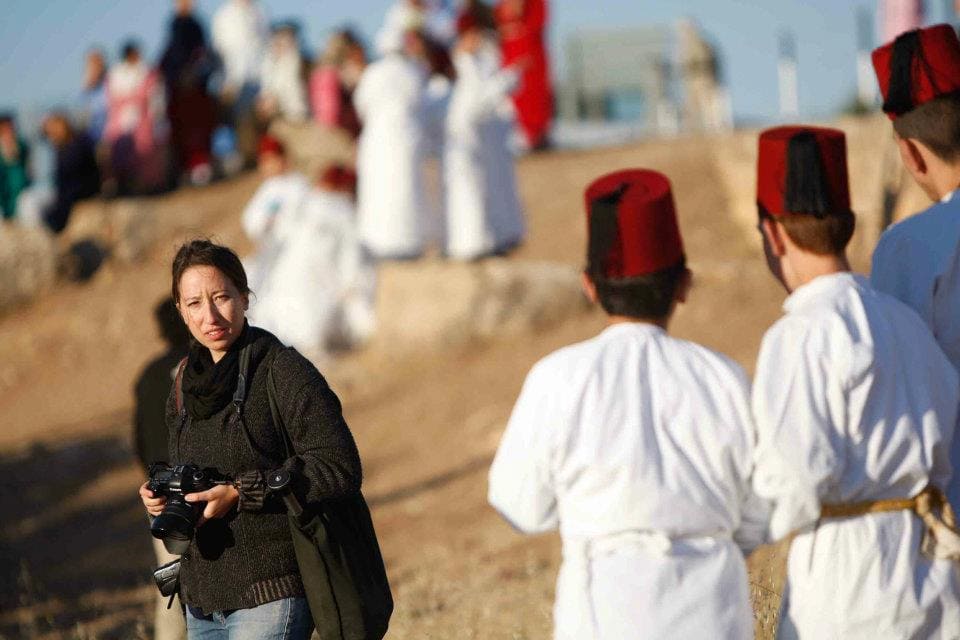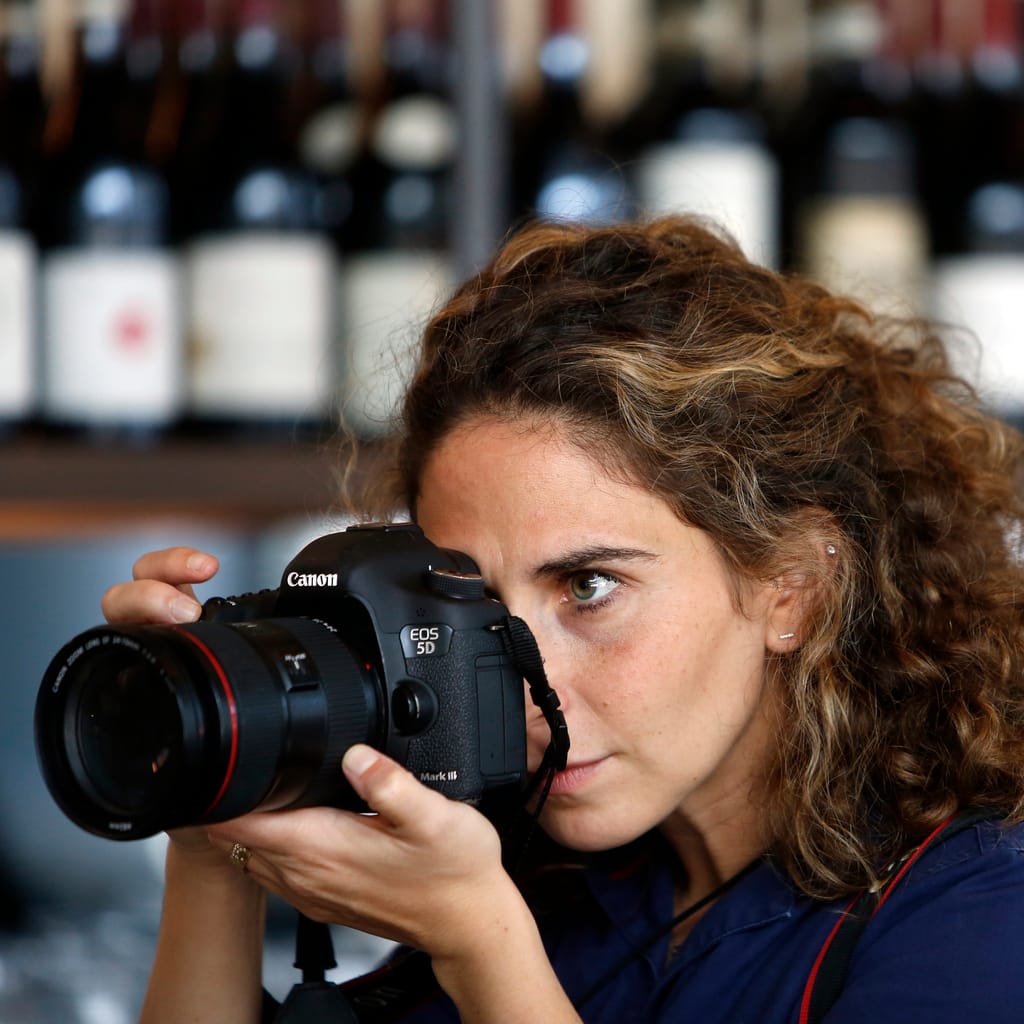In my blog post 2020: What’s Next For Visual Storytellers, I wrote about authentic content being critical for creators and online audiences alike in the new year. Well, the media giants, Adobe, Twitter, and The New York Times put out a press release in early November that said that they were joining forces for a project called Content Authenticity Initiative. It’s a tool that will attach attribution to a piece of visual content that anyone, anywhere can verify. You can see who created it, and if it’s been modified in any way. This project would be the first of its kind, and with the different companies representing various areas of digital content, this could be a game changer. Details of the project are still under wraps, but we should be hearing more about it in the coming months.
We have all encountered crazy deep fakes at some point. And the more sophisticated technology software becomes, the more reality can be skewed and altered without detection. If you aren’t already listening to Radiolab’s podcast, I highly recommend the Breaking News and Breaking Bongo episodes. Breaking News was an old episode on how it was getting harder to distinguish between real and fake news. Their latest, Breaking Bongo, is about a group of underground activists that trolled the president of Gabon and dictator, Ali Bongo, through different platforms. They basically wanted to see how far they could exert their power and use deep fakes to push political change. Radiolab proposed a very compelling take on if fake news can actually be used for good.
While we await the Content Authenticity Initiative to roll out though, The World Press Photo Contest What Counts As Manipulation is a great reminder of the standards that we need, as visual storytellers, to hold ourselves to. If you’re interested and haven’t seen it, I encourage you to check it out. Many things on their list can count as manipulation, which could be surprising to some of you! Coming from the most respected photojournalism contest in the world, their code of ethics is the gold standard in the context of telling a great story through your lens.
What do you currently think is the best way to keep the integrity of visual content?



